How to Grow Kalanchoe: The Easy, Low-Maintenance Plant for Beginners
The Kalanchoe plant features bright, small flowers and oval leaves with wavy edges resembling scallop shells. Within this genus, there are over 100 different species, but the most commonly grown indoor type is Kalanchoe blossfeldiana, also known as the window plant. This plant typically produces clusters of small flowers in red, pink, yellow, orange, and white, adding liveliness to any space.
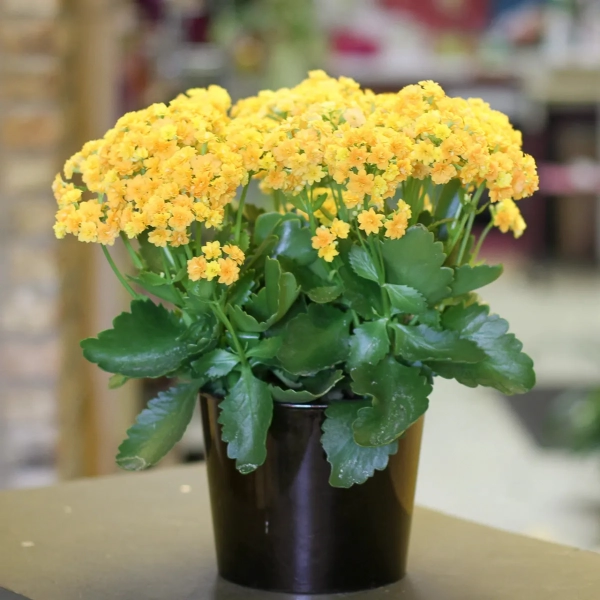
Kalanchoe is a very easy-to-grow, drought-tolerant plant, suitable as an indoor plant. With ideal lighting conditions, it only needs watering about once every two weeks. In tropical and subtropical regions, Kalanchoe can be grown outdoors as a perennial. In colder climates, it is usually grown indoors, and with proper care, it can continue to bloom for many years. However, it is important to note that the plant is toxic to cats and dogs if ingested.
Basic Information about Kalanchoe
- Common Names: Kalanchoe, Flaming Katy, Christmas Kalanchoe
- Botanical Name: Kalanchoe blossfeldiana
- Family: Crassulaceae (Stonecrop family)
- Plant Type: Perennial, succulent
- Mature Size: 15-45 cm tall and wide
- Light: Full sun to partial shade
- Soil Type: Sandy, well-draining soil
- Soil pH: Slightly acidic to slightly alkaline
- Bloom Time: Seasonal bloomer
- Flower Colors: Yellow, red, orange, pink, white
- Hardiness Zones: USDA zones 10-12
- Native Area: Africa, especially Madagascar
- Toxicity: Toxic to pets
Kalanchoe Care Guide
Taking care of a Kalanchoe is simple if you follow some basic guidelines and provide the ideal growing conditions. Below are the main requirements for the plant to thrive:
- Soil: Kalanchoe should be planted in loose, well-draining, loamy soil mixed with sand. You can use a cactus or succulent potting mix.
- Location: Indoors, Kalanchoe thrives in a warm spot with indirect light. Outdoors, it should be placed in full sunlight but protected from harsh afternoon sun.
- Watering: Let the plant dry out completely between waterings. When you do water, make sure to saturate the soil without leaving it overly wet for too long.
- Fertilizer: Fertilize indoor plants once a month during spring and summer to provide nutrients for growth.
Light
Kalanchoe grows best under indirect light. Outdoors, it needs full sun but should be shielded from harsh afternoon rays to prevent leaf burn. If the plant becomes leggy, this may be a sign that it needs more light.
Soil
Kalanchoe requires well-draining soil. Indoors, you can mix potting soil with cactus soil or potting soil and perlite to ensure proper aeration and drainage. Using a clay pot helps absorb excess moisture, preventing the soil from staying too wet.
Watering
This plant thrives with moderate watering. You only need to water thoroughly every few weeks, less so in winter. Ensure the soil is completely dry before watering again to avoid root rot.
Temperature and Humidity
Kalanchoe does well in temperatures ranging from 55°F to 80°F. It doesn't have special humidity requirements and should be kept out of frost. Outdoors, the plant won’t thrive in temperatures below 55°F.
Fertilizer
Kalanchoe doesn’t require much fertilizer. For outdoor plants, a light feeding in spring is sufficient. Indoor plants can be fed a balanced fertilizer monthly in spring and summer, avoiding feeding in winter. If the plant produces fewer blooms, use a fertilizer high in phosphorus.
Growth Rate
Kalanchoe typically grows slowly, taking about 2-5 years to reach maturity. For example, common varieties like 'Flaming Katy' reach about 12 inches tall when mature. Other species, such as Kalanchoe 'Thyrsiflora,' can grow over 2 feet tall, while 'Cathedral Bells' and velvet-leaved Kalanchoe can grow up to 5-6 feet when grown indoors. Outdoor plants generally grow faster due to greater exposure to sunlight.
Types of Kalanchoe
- K. manginii: Also known as "chandelier plant," this species has fleshy leaves and large, bell-shaped flowers. It requires a humid environment to bloom well.
- Kalanchoe daigremontiana: Nicknamed "mother of thousands" because of the plantlets that grow along the leaf edges.
- K. porphyrocalyx: Also called "pearl bells," this species has slender, rectangular leaves and purple clustered flowers.
- Kalanchoe delagoensis: Another "chandelier plant" species, known for its drooping, tubular orange flowers.
- K. beharensis: Often referred to as the "velvet-leaved Kalanchoe," it thrives in USDA zones 9-11 and features large, pale blue-green leaves with a soft, fuzzy texture.
- Kalanchoe luciae: A popular indoor plant, often called "flapjack plant" due to its flat, rounded leaves that can turn red at the edges in winter.
- K. pinnata: Known as "cathedral bells," this species has succulent green leaves with plantlets growing along the leaf margins.
- Kalanchoe tomentosa: Also known as "chocolate soldier" or "panda plant," this species has thick, fuzzy, green leaves with brown spots along the edges.
How to Propagate Kalanchoe Plants
Kalanchoe plants often develop small shoots that draw nutrients from the mother plant. Pruning and propagating these shoots not only help keep the mother plant healthy but also give you additional new plants. Besides propagation from shoots, you can also propagate new plants through stem cuttings. Here’s a detailed guide:
- Cutting the Stem: Use a sharp knife or scissors to cut a stem several inches long from a mature plant. If using side shoots, cut them at the point where they connect to the mother plant.
- Sterilize the Cut: Allow the freshly cut stem to dry for a few days until the cut heals and the base of the stem becomes slightly calloused.
- Root Stimulation: Dip the base of the stem in rooting hormone to encourage root growth.
- Planting the Cutting: Plant the cutting in well-draining soil, similar to the soil mix used for the mother plant.
- Caring for the Cutting: Place the cutting in a spot with indirect light and avoid watering until the roots develop, usually within a month. After that, care for it like a mature plant.
Planting and Repotting Kalanchoe
Unlike many other plants, Kalanchoe requires regular repotting to grow optimally. It’s best to repot the plant annually in the fall after it has bloomed, encouraging new growth and a bushier appearance. Each time you repot, choose a pot one size larger. If the roots haven’t filled the pot, simply refresh the soil without changing pots.
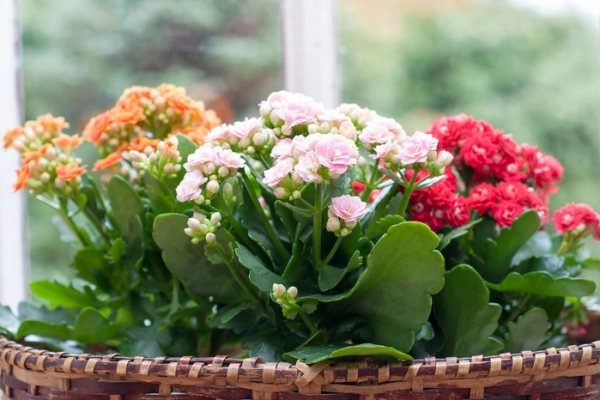
Select a clay pot with good drainage to ensure the soil doesn’t stay too moist.
How to Protect Kalanchoe in Winter
In cooler climates, you can move your Kalanchoe outdoors when nighttime temperatures are above 60°F. However, when temperatures drop below 55°F in late summer or early fall, bring the plant back indoors to prevent frost damage.
In USDA zones 9 to 11, Kalanchoe can withstand light frost, although the leaves may suffer. In colder regions, the plant will struggle to survive if temperatures drop below freezing (32°F).
During winter, place the plant in a spot with indirect light, such as near a south- or west-facing window. You can also use grow lights to provide enough light. Reduce watering in winter, only watering when the soil has completely dried out between waterings.
How to Encourage Proper Blooming in Kalanchoe
To encourage vibrant blooms, ensure your Kalanchoe gets sufficient light. The plant needs at least 6 to 8 hours of bright light daily. However, during fall and winter, it must experience complete darkness for the remainder of the day. Specifically, for at least 6 weeks, the plant should receive 14 hours of darkness each day to accumulate enough energy for the next blooming cycle.
After about 4 months, in spring, the plant will bloom vibrantly for several weeks. If you can control the lighting, the plant may bloom year-round. With bright, indirect light throughout the day, the plant will achieve its best blooming potential, as direct and intense sunlight may inhibit this process.
How to Encourage More Blooms
After the flowers fade, pruning the spent blooms is an excellent way to encourage continuous flowering. If the plant has difficulty blooming, use a phosphorus-rich fertilizer to promote bud formation.
Common Issues When Caring for Kalanchoe
- Soft, Damaged Flowers and Leaves: Exposure to near-freezing temperatures can damage or stunt the plant. Maintain temperatures above 50°F for the plant to thrive.
- Wilting Plant: If the temperature is too high, the plant may wilt. Ideally, keep the plant below 80°F.
- Dull or Sunburnt Leaves: Too little light causes leaves to lose their vibrant green color, while too much direct sunlight can cause leaf burn. The plant thrives best in bright but indirect light.
- Soft, Weak Stems: Overwatering or planting in water-retentive soil can cause root rot, leading to weak stems. If you notice this, stop watering to allow the plant time to recover.
- Failure to Bloom: If your plant doesn’t bloom, it may not have experienced enough extended periods of darkness in winter. The plant requires about 6 weeks of 14-hour nights to reset its blooming cycle. Without this phase, it may not produce flowers.
Kalanchoe is a low-maintenance plant, ideal for beginners. By providing enough light, ensuring good soil drainage, and watering appropriately, the plant will thrive and bloom vibrantly year-round. It’s an excellent choice for adding bright, colorful accents to your living space.
Tags: Indoor Ornamental Plants | Outdoor Ornamental Plants | Bonsai Plants | Aquatic Ornamental Plants | Miniature Ornamental Plants |











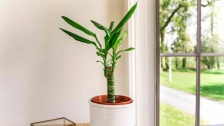

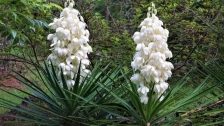





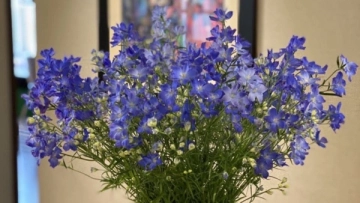
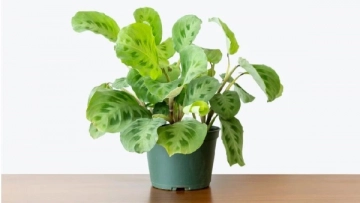

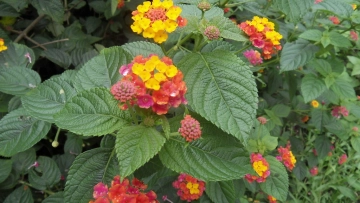
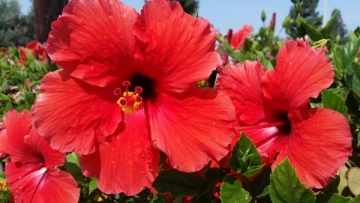
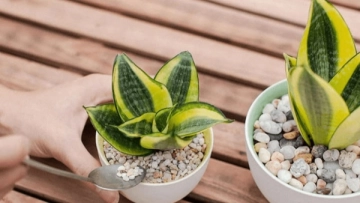
Carla Cavriani
October 01 , 2024
Obiobio Sunday
October 08 , 2024